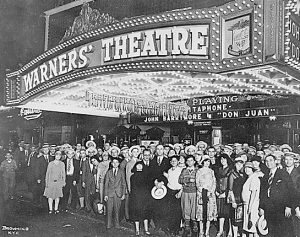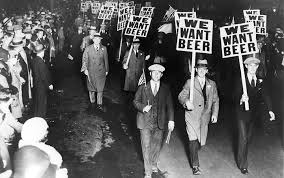
The 1920s roared with indulgence, and fitness took a backseat. Following the elation of WWI victory, society prioritized leisure over exercise. The focus shifted to food, drinks, and entertainment, marking a period of frivolity.
However, the 1929 stock market crash ushered in a harsh reality – the Great Depression. This economic downturn significantly impacted physical activity levels. Budget cuts hampered physical education programs established after WWI.

Jack LaLanne: A Fitness Pioneer Emerges
Despite these setbacks, a beacon of hope emerged – Jack LaLanne, a forerunner of modern fitness. LaLanne preached the importance of holistic fitness as a way of life. Decades before Richard Simmons and Jane Fonda, his “Jack LaLanne Show” debuted in the 1950s, promoting aerobics, water exercises, and resistance training. He even invented innovative equipment like the cable machine, the Smith machine for squats, and the leg extension machine.
Interestingly, while LaLanne is often credited with creating the Jumping Jack, historical evidence suggests John “Black Jack” Pershing, a WWII military leader, might be the true inventor. Nonetheless, LaLanne’s vision and exercise programs remarkably aligned with modern fitness principles.
World War II: A Catalyst for the Modern Fitness Movement

Military conflicts throughout history have profoundly impacted societal attitudes towards fitness. World War II proved no different. The war, and the subsequent Cold War, significantly influenced the rise of the modern fitness movement.
The U.S. entry into WWII, triggered by the Pearl Harbor attack, exposed a startling truth – a large portion of potential soldiers were unfit for combat. Recruitment statistics revealed that nearly half of draftees were rejected or assigned non-combat roles due to poor physical condition. This alarming reality reignited national interest in physical fitness.
Dr. Thomas K. Cureton: The Science of Fitness
The 1940s also witnessed vital contributions from Dr. Thomas K. Cureton of the University of Illinois. Dr. Cureton revolutionized fitness by introducing research-backed exercise recommendations tailored to individuals. He recognized the vast benefits of exercise and actively sought to expand our understanding of the human body’s response to physical activity. His research tackled crucial questions like optimal exercise frequency, effective exercise types, and most importantly, methods for individual fitness evaluation. Dr. Cureton’s most significant contribution was the development of fitness tests for cardiorespiratory endurance, muscular strength, and flexibility. His research laid the groundwork for future exercise programs.
That’s all for today. Soon the rest of the fitness history
-Steph